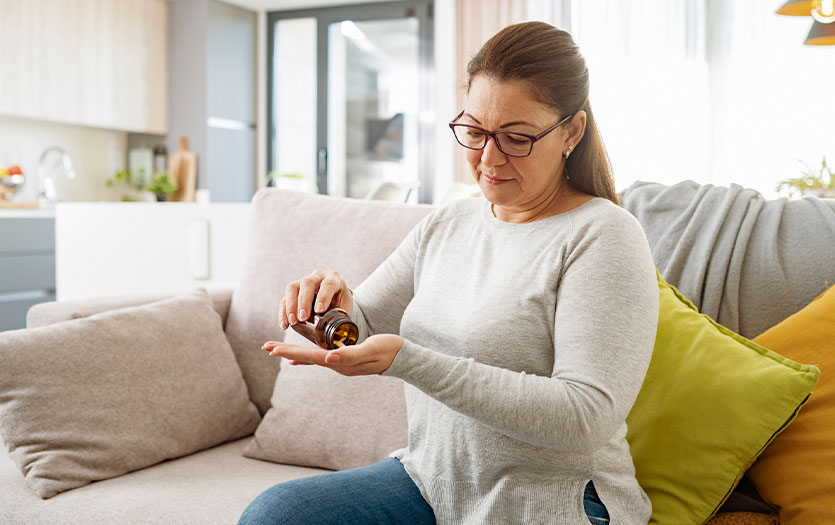
Has your child ever woken up in the middle of the night complaining of leg pain? If it passes quickly, the culprit could be growing pains. (Yes, they’re a real thing!)
What are growing pains?
Growing pains is a term used in reference to an aching or throbbing feeling in the legs that children might experience at night. It’s a bit confusing, however, as there’s no evidence that growing is painful and, therefore, the pain isn’t actually attributed to growth. Doctors don’t know why children have this pain, but it’s not serious and doesn’t cause any long-lasting problems.
What are the symptoms of growing pains?
This pain is located in the muscles, not the joints, and is usually in the thighs or calves, occurring in both legs, and often happens later in the day or at night and goes away by morning. There may be more pain if your child was more active during the day.
Growing pains may start when your child is a toddler, and can occur on and off for one or two years. However, they can also start later in life, with some teens reporting symptoms that align with growing pains.
Symptoms include:
- Pain in the muscles, not in the joints
- Pain happens later in the afternoon, evening or at night
- Pain can be bad enough that it wakes your child up at night
- Pain is usually in the thighs or calves, in both legs
- There may be more pain if your child was more active during the day
- Pain goes away by the morning
If this is happening to your child, don’t worry. They won’t be in pain all the time. Your child may go days, weeks, or months with no growing pains and some children don’t experience them at all.
Call your doctor if your child's pain:
- Is in one leg only
- Continues through the day
- Happens along with exercise
- Gets worse
- Does not go away after a few days
How are growing pains diagnosed?
Growing pains have a certain pattern of symptoms. If you’re unsure about whether your child is having growing pains, talk to your provider. They will ask about your child’s pain to determine if it fits the usual pattern for growing pains. If not, they may want to examine your child.
It’s probably not growing pains if your child looks sick, has pain during the day or during an activity, or has pain that gets worse over time. In these cases, your provider may do more tests to investigate potential causes for their discomfort.
How are growing pains treated?
This pain can commonly be addressed at home in a number of ways. Recommendations include:
- Let your child know that you understand and believe them that it hurts. Reassure them that it is not serious and will go away.
- Try gently massaging the area.
- Use heat. Put a warm water bottle or a warm cloth on the area. Keep a cloth between the warm water bottle and your child's skin.
- Give your child acetaminophen (Tylenol) or ibuprofen (Advil, Motrin) for pain. Be safe with medicines. Read and follow all instructions on the label.
- Do not give a child two or more pain medicines at the same time unless the doctor told you to. Many pain medicines have acetaminophen, which is Tylenol. Too much acetaminophen (Tylenol) can be harmful.
- Encourage your child to continue their usual activities, avoiding being active will not prevent growing pains.
When in doubt, it’s best to contact your child’s pediatrician or primary care provider. They will be able to help you assess your child’s situation and come up with a course of treatment. If you need help finding a doctor, you can call our Access Center at (877) PPG-TODAY or (877) 774-8632.
Copyrighted material adapted with permission from Healthwise, Incorporated. This information does not replace the advice of a doctor.



